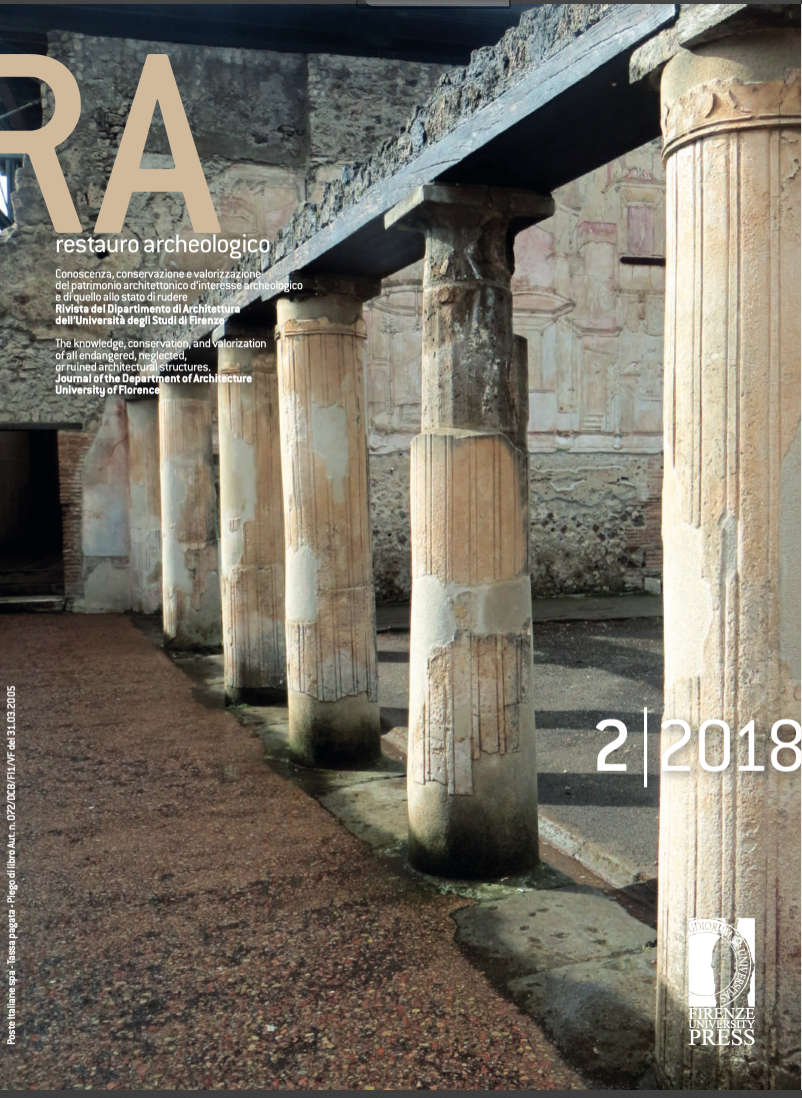Un percorso interdisciplinare per la ricostruzione degli orizzontamenti lignei delle domus romane
Published 2018-12-20
Keywords
- Roman house,
- timber roof,
- masonry buildings,
- kinematic models
How to Cite
Abstract
In most cases, archaeological excavations provide very little information about buildings’ upper parts, such as roof and floors, except for a few peculiar cases, such as Pompeii, Herculaneum and ancient Ostia. Being wood less durable than masonry, our knowledge of the rules and the principles commonly used in Antiquity to design timber structures is still limited to hypothesis. Ancient writers, such as Plinius or Vitruvius, cannot help either, due to the recurrent difficulty of interpreting structural details and technical aspects discussed in their essays. In the paper, an integrated method, able to combine the archaeological data with the architectural knowledge of the Antiquity and the support of engineering analyses, is proposed. Based on limited information already available and through the application of the simplified kinematic approach, unknown geometrical data of the Roman house have been identified through analytical formulas, thus linking a house's floor layout to its elevation. In particular, starting from the linking of the house's floor layout to its elevation, dimensional criteria for timber beams and the roof's pitch in agreement with the archaeological evidence have been defined.


